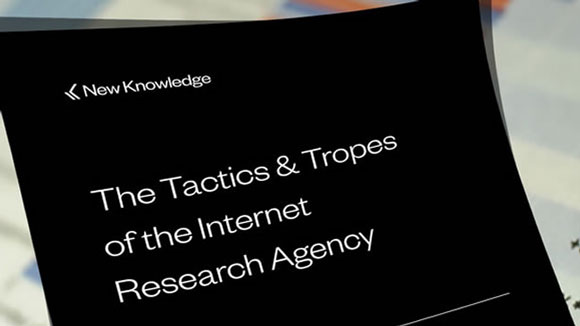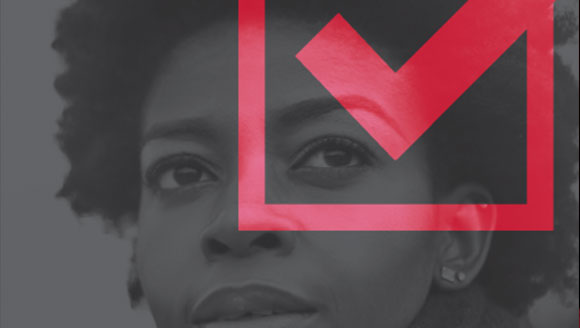Creating an Education Oasis in a Digital Desert

Nina Harris
President & Chief Executive Officer, Springfield Urban League
Facebook: Springfield Urban League
"Education is the passport to the future, for tomorrow belongs to those who prepare for it today." — Malcolm X
In its most basic sense, civil rights can be defined as the rights of citizens to political and social freedom, and equality. Civil rights afford individuals the opportunity to live freely, unchained from the limits set by discrimination. Never before has the issue of access to technology played such a critical role in the attainment of civil rights and one's potential to realize the American dream. In fact, it has become intrinsically connected to the yield of opportunity a student can expect from his or her investment in education.
Jazelle Hunt, news columnist for the National Newspaper Publishers Association, recently said that "If Dr. Martin Luther King, Jr. were alive and dreaming today, his 'I Have a Dream' speech might be broadened to include technology equality with racial parity." This broader view argues that access to an education that incorporates science, technology, engineering and math (STEM) is imperative to the future success of today's aspiring student.
Ms. Hunt also believes that "the rise in tech gives rise to new fields and accelerates existing ones. The lack of representation within STEM professions is resulting in a shortage of qualified Americans to fill new roles." This is a reality that disproportionately impacts minorities. A recent analysis revealed that more than half of minority households lack internet access and/or a computer. The result is an emerging future where people of color will be left on the sidelines of innovative and advancing professions.
The Springfield Urban League Inc. (SUL) has developed an innovative educational oasis for minority students who live in digital deserts. SUL's robotics program takes place in a low-income residential housing complex and a local high school. The program offers students education and training in computers, robotics engineering, and other forms of technology along with mentoring from professionals in related fields. Each student, beginning in 5th and 6th grades, is eligible to receive as many as 12.5 hours of weekly instruction, training, mentoring and hands-on experience with digital and physical technology. The program allows students who would not otherwise form a lifelong familiarity with STEM, or have access to professional mentors, to develop the requisite skill set for life success, thereby bridging the technological divide that disparately impacts minority students.
In Andy Carvin's column, "Mind the Gap: The Digital Divide as the Civil Rights Issue of the New Millennium," he points out that access to content, literacy, pedagogy, and community can close the digital divide. Rooting students in STEM arms them with the tools that have become prerequisites in our digital world. It is through this 21st century approach that the American dream, in all its manisfestations, can be reached by all.


 Equality Index
Equality Index  Senate Report
Senate Report  2020 SOBA Essays
2020 SOBA Essays  2019 Report
2019 Report 